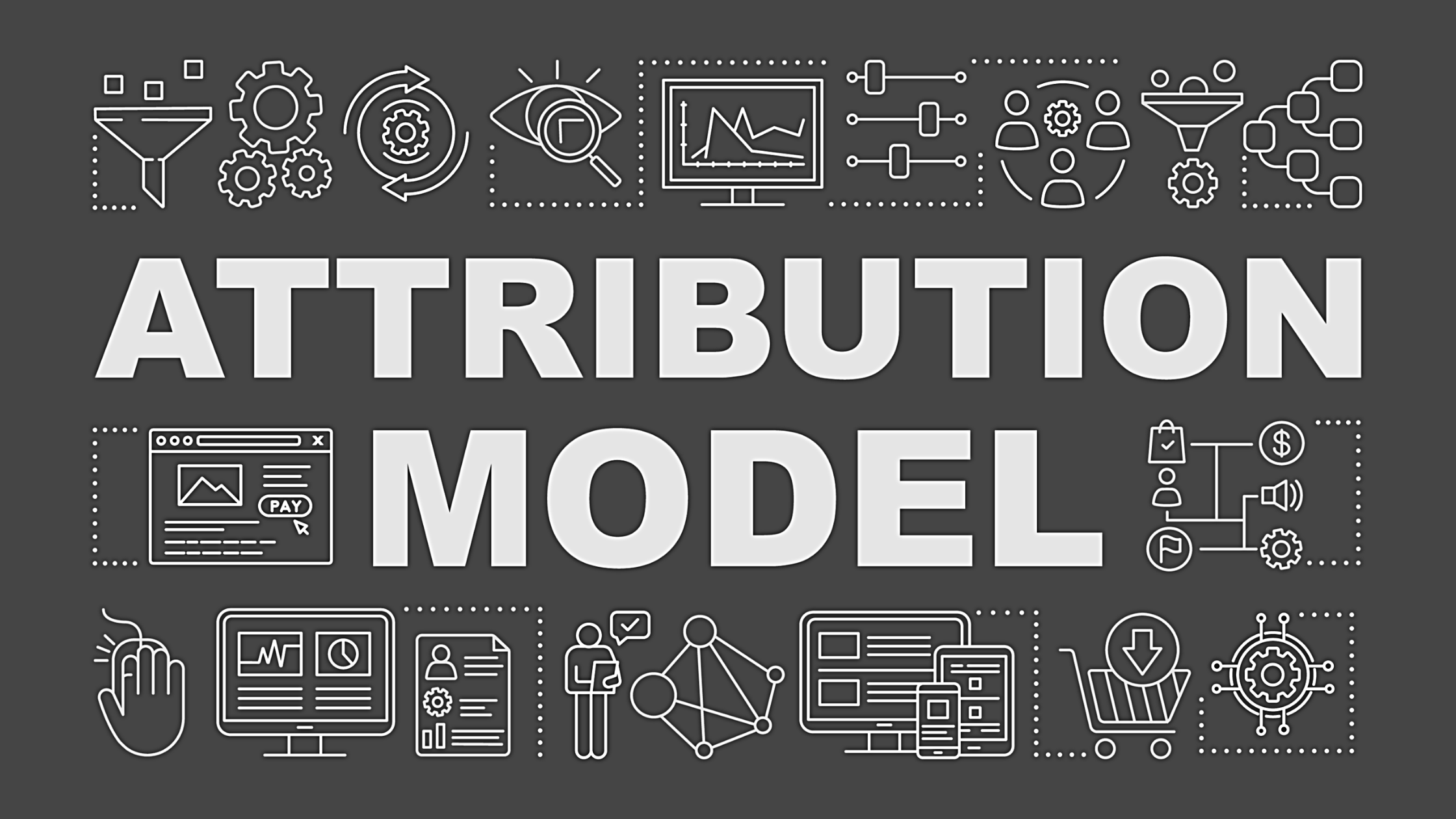
13 Dec Overcome These Multi-Touch Attribution (MTA) Obstacles
MMA Global released its annual multi-touch attribution survey earlier this month. They found three major obstacles marketers encounter when implementing multi-touch attribution (MTA) models.
1) MTA Data Obstacles
A majority of marketers (89%) say that issues with data hinder their ability to implement a good multi-touch attribution model. Here is a breakdown of data-related concerns:
56% don’t trust the quality of the data
50% don’t have access to the right data
40% can’t link the data across multiple devices or to their CRM platform
Marketers and analysts must identify what data is irrelevant to the business question and eliminate it. Doing so minimizes time wasted wrangling data — another challenge for marketers and analysts.
Marketers also have to partner with the sales team to ensure that everyone has access to the data they need to derive actionable insights. Operating in silos hinders productivity and collaboration. Often, marketing and sales departments create duplicate processes because they don’t know what data the company already has! Even digital and traditional marketers can work within silos within their departments. Constant, clear communication is a critical success factor for all departments to achieve the same strategic goals.
2) Multi-Touch Attribution Methodology Obstacles
Another obstacle to utilizing MTA is selecting the proper methodology. MMA Global’s report states that marketers using MTA also use marketing mix modeling and A/B testing. Using all of these methods is great, but marketers need to know how to resolve the tension between short-term and long-term goals. All these models help marketers achieve different objectives. Again, you have to choose the best model for the business question.
3) Executive Support for Multi-Touch Attribution
Another contributing factor to this tension is the lack of executive buy-in to implement MTA models. Twenty-six percent of marketers said a lack of support from senior leaders prevented them from using MTA in 2021. Marketers must be able to demonstrate the ROI of MTA modeling and communicate the value in a way non-marketing executives can understand it.
Conclusion: Planning for MTA
Even with the challenges associated with utilizing MTA, many marketing teams plan to implement the model in the near future. MMA’s study found that 40% of the marketers already used MTA, and another 32% planned to do so within the next 6 – 18 months. Teams that know how to gather good data, break down organizational silos, choose the right measurement method, and secure support from the C-suite will be able to derive actionable insights from this modeling method.




No Comments